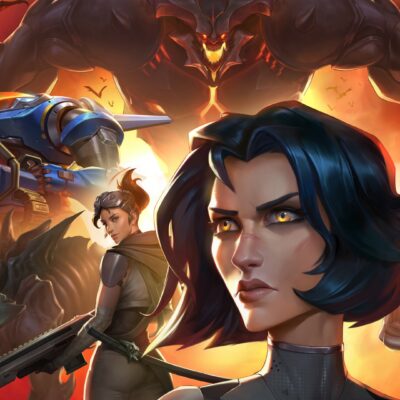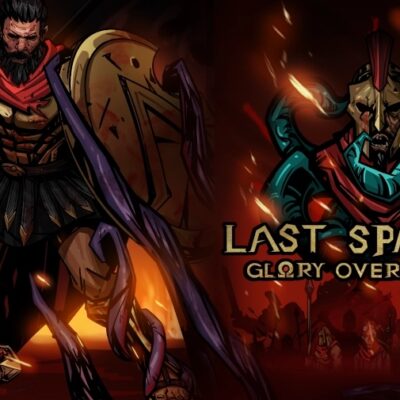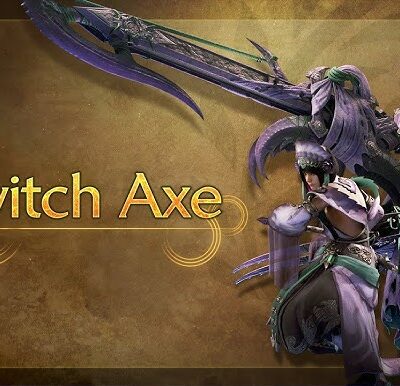https://youtu.be/O-pWm7NJdtk?si=rqXNDNkpbIwLV6-A
Give Dustborn a little time, and its quirky charm will win you over with its cast of eccentric characters.
At first glance, the game’s overly dramatic characters and unusual mix of genres might make you roll your eyes. But as you journey across a reimagined America with a crew of mutated misfits, battling foes with an enhanced baseball bat and delving into deep conversations, you’ll find that there’s more to Dustborn than meets the eye. The game tackles big themes, using a colorful cast of robots in bunny hats, heartbroken biker queens, and sci-fi creatures. This blend of comic book aesthetics, narrative-driven gameplay, and rhythm elements creates a unique experience that works surprisingly well.
In Dustborn, you step into the shoes of Pax, a con artist on a mission to smuggle secret cargo to Canada with a band of superpowered smugglers disguised as a punk band. Set in an alternate America where JFK wasn’t assassinated, and Marilyn Monroe is known as Lady Justice, the world is filled with people gifted with unusual powers—not the typical superhero abilities, but more psychological ones like mind control and illusion magic. The core of the game revolves around making choices that shape Pax’s journey and relationships. Will you rekindle a romance with an ex, reveal your plans to your crew, or secretly listen in on their conversations?
When you’re not engaging in dialogue, the game throws in some action. From playing rhythm-based punk songs at gigs to capturing floating entities with a modded handheld device, and fighting enemies with a boomerang baseball bat, Dustborn keeps things interesting. The combat might be straightforward, but it’s visually striking. The pacing, however, can be slow, with a lot of exposition and dialogue early on. At first, Pax and her crew might come off as a bit tedious, but as you get to know them, the emotional depth of the story begins to unfold, making the journey worthwhile.
To truly enjoy Dustborn, you need to embrace the whole package. The action sequences aren’t particularly deep on their own, and if you’re only in it for one element—like the music—you might find yourself impatiently waiting for the next opportunity. The narrative-driven gameplay requires you to engage with the emotional aspects and character development, even if you’re not invested in the relationships at first. For me, every time I considered giving up, some part of the story pulled me back in, thanks in part to the game’s unique blend of robots and relationship drama.
Dustborn makes a conscious effort to be inclusive in its story, characters, and conflicts. While this inclusivity might feel forced at first, it gradually becomes the driving force behind what makes the characters and their decisions more compelling. The game’s positive message about being different and finding your place in society resonates throughout the gameplay, much like how the X-Men tackled similar themes in the ’80s. By 2024, Dustborn uses these issues to create an experience that feels both timely and engaging.
As the story picks up, the game finds its rhythm, balancing serious moments with lighter ones, and giving players more control. Whether investigating a robot-filled research lab with a bratty sibling, nailing a performance during a punk gig, taking a robot shopping in a deserted mall, or experimenting with new powers in combat, the game offers a mix of fun and emotional depth. While I’m not likely to replay it, the memories of that road trip with a gang of oddballs, complete with burning down a gas station, will stick with me.
Verdict: Initially, I thought finishing Dustborn would feel like a chore, but just a few hours in, I found myself caring deeply about this motley crew of misfits. Despite its slow start and melodramatic moments, the game tells a captivating story in an alternate-history America, with characters who, by the end, had me seriously considering some punk-inspired neon accessories.





